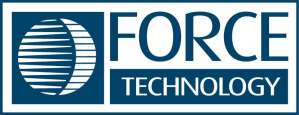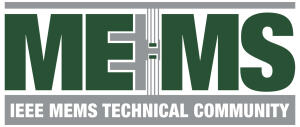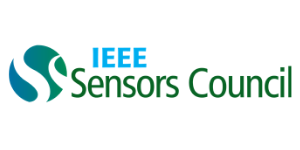- Keynote ,
Smart Sensing: Mixed signal active sensing for precision and energy efficiency
Many sensing methods have been used for decades to measure fundamental parameters. There is increasing need for more precise, lower cost and more pervasive sensing, driven by autonomous vehicles, robotics, industrial automation, security and health/wellness needs. This talk will go over multiple active sensing examples to highlight methods where mixed signal monitoring around the sensor or Actuator/Sensor can enhance precision and/or energy efficiency. Examples in magnetic, ultrasonic, mmWave and optical sensing systems will be discussed.
- Keynote ,
Brain-Behavior Quantification and Synchronization
Behavior is the primary output of the brain, so understanding its neural origins is key to advancing neuroscience and supporting brain health. Understanding behavior in its full complexity requires a detailed, multidimensional analysis of a broad range of behaviors in the context of the environment. Tools for quantifying neural activity with high temporal and spatial resolution already exist, but behavior is often measured at lower resolution, making discovery of causal linkages challenging. Tools for measuring the full richness of species-appropriate behaviors, and synchronizing these to neural activity, are presently lacking. Recognizing this gap, the Brain Research Through Advancing Innovative Neurotechnologies (BRAIN) Initiative 2.0 Report calls for more sophisticated methods of quantifying behavioral, environmental, and internal state influences on individuals. This talk will survey the current state of the art of brain-behavior quantification and synchronization, highlighting gaps where novel tool development could make a transformative impact. We envision opportunities to link brain and behavior at the same resolution in real time, to bring neural recording into real world settings with ambulatory systems, to infer internal states from quantified behaviors, and artificial intelligence tools to decode internal states from tagged neural activity. Realizing that vision will entail the development of novel sensors, data fusion platforms, and advanced computational approaches for high dimensionality and multi-modal data streams. New paradigms to establish causal relationships between neural activity and behavior across species may ultimately enable the development of closed-loop therapeutic interventions for patients with complex neurobehavioral disorders that currently lack effective treatments.
- Keynote ,
Microwaving Cells for Molecular, Cellular and Tissue Sensing: Which Status, Challenges and Prospects for Health and Medicine
Microwaves and millimeterwaves constitute a current and quasi ubiquitous element of our surrounding and living environment. They are not only used for rapid food heating but also widely known and increasingly exploited for wireless communications, automotive radars, home automation and now with the explosion of data transfer from connected objects. In addition, microwave and millimeterwave dielectric spectroscopy is a powerful technique to non-destructively and non-invasively sense materials. This method exploits the interaction of the electromagnetic field with matter and probes the dynamics of molecule reorientation, predominantly water molecules with its relaxation phenomenon centered around 20 GHz for bulk water, and the variations between the bulk and bounded contributions. Investigations such as macroscale moisture content measurements in agronomy, water detection in soils have been successfully carried out and exploited in industry. Dealing with biological research and biomedical applications, where non-invasive, label-free and contact-less abilities as well as in-liquid measurements constitute important leitmotivs, investigations have been conducted for long with a strong emphasis on microwave imaging for cancer detection, as well as treatments and ablations with localized heated probes. With the advent of microtechnologies and the miniaturization of microwave sensors in association to microfluidic implementations, the non-destructive and label-free analysis of molecules, cells and tissues by microwave dielectric spectroscopy has become possible. The talk will therefore provide a status on the developed sensors and the associated instrumentation, as well as on the reached sensing capabilities demonstrated on different biological and living materials and at different scales, from the molecular, cellular to the tissue level and more recently with the microtissues. It will more particularly highlight the major challenges that needed to be addressed and the remaining ones to face. Based on the illustration of the main achievements, prospects will be given towards a better biological understanding, the early diagnostic of diseases and their treatment, and towards personalized medicine.












